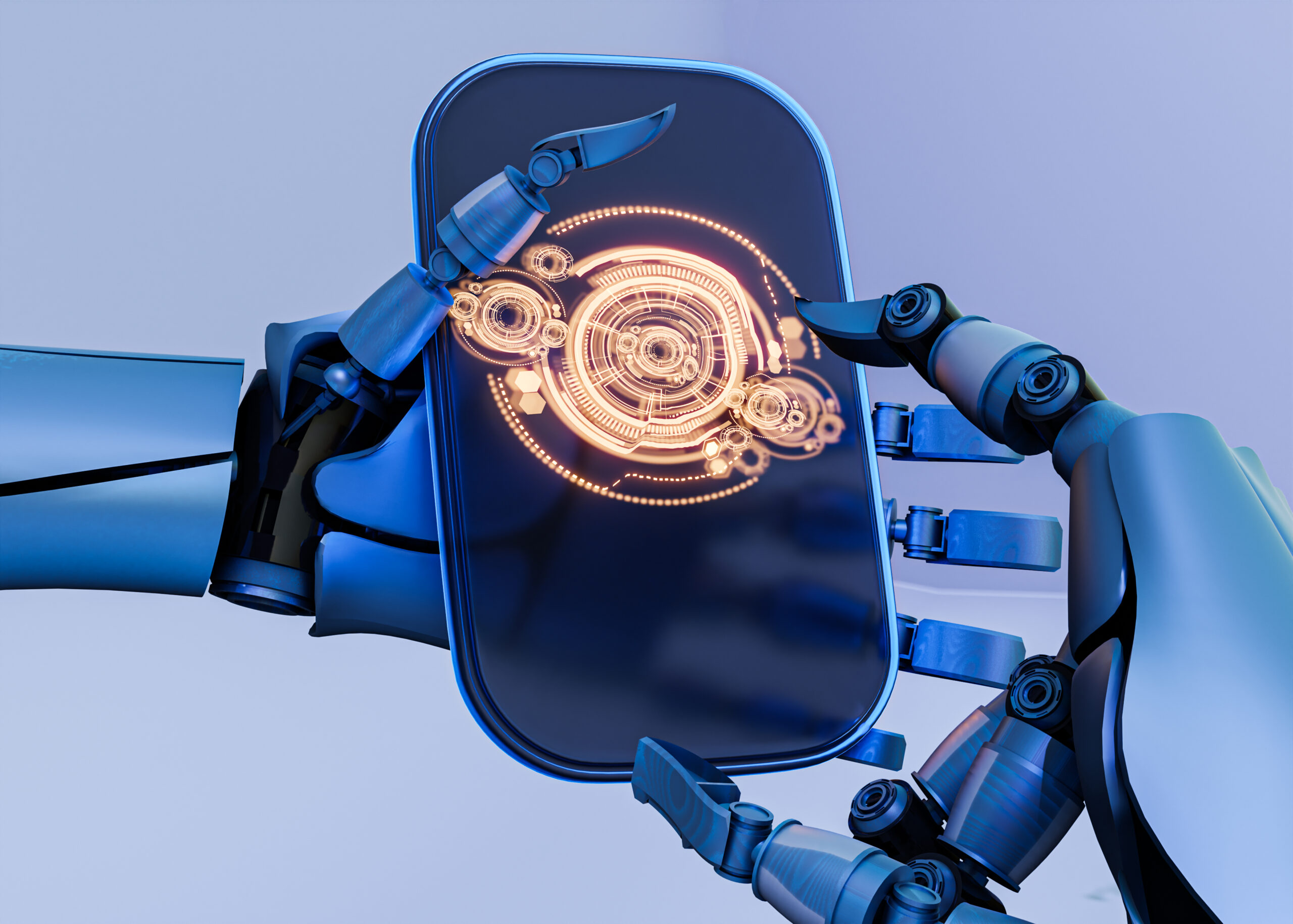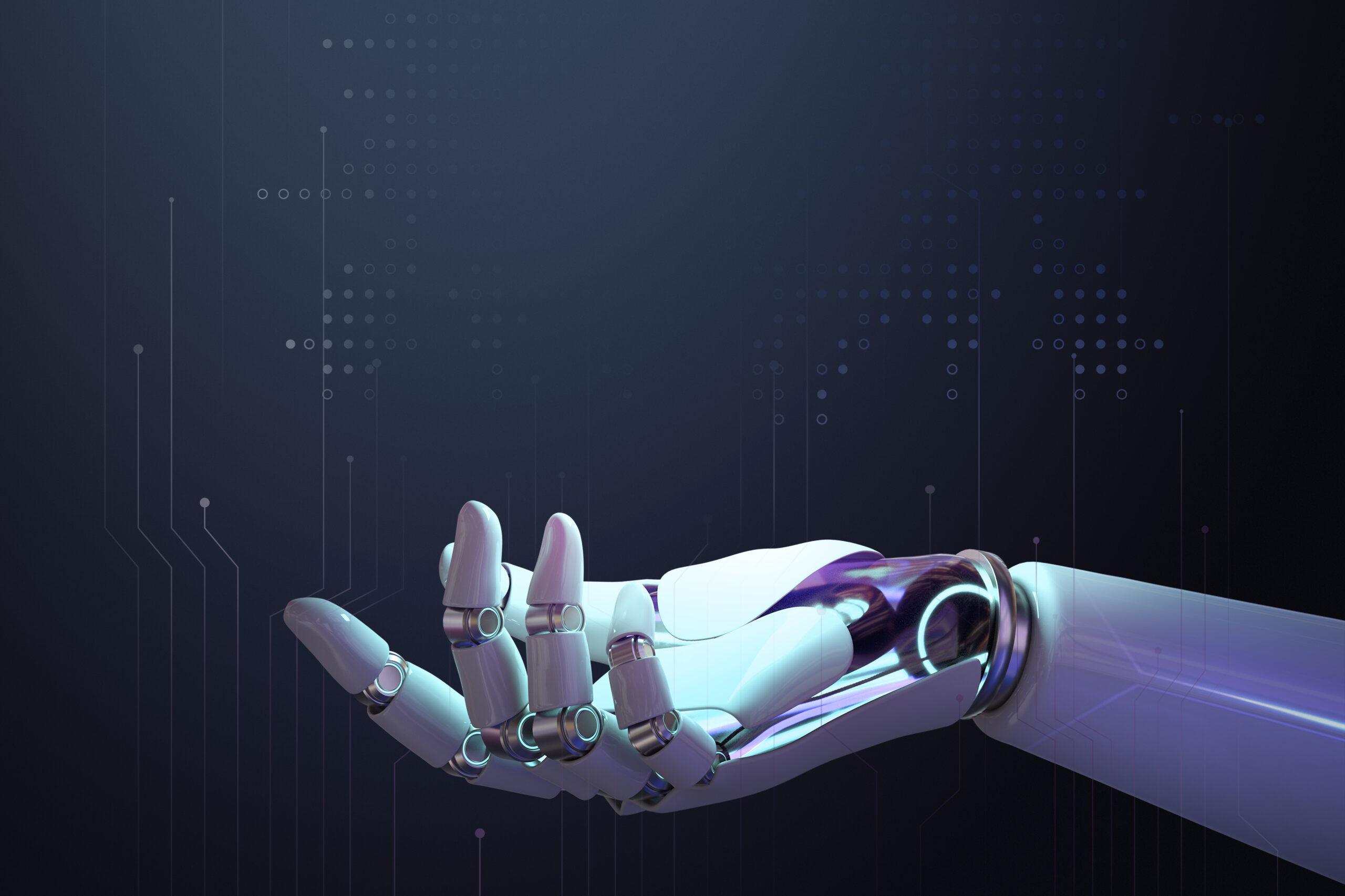Workplaces around the world are changing rapidly, and one of the driving forces behind this change is robotics. Once limited to heavy manufacturing, robots are now being adopted across multiple industries, including retail, logistics, agriculture, and even office environments. The impact is massive—robots are improving efficiency, reducing costs, and creating new opportunities for innovation. Let’s explore how robotics is transforming today’s workplace.
Automation in Manufacturing
Manufacturing was the first industry to embrace robotics, and it remains one of the biggest beneficiaries. Robotic arms assemble cars, weld parts, and package goods with incredible speed and precision. Unlike human workers, robots don’t tire, take breaks, or make errors due to fatigue. This leads to higher productivity and consistent product quality. With collaborative robots (cobots), even small factories can now automate tasks while still working alongside human employees safely.
Logistics and Warehousing
E-commerce has fueled the need for faster and more efficient supply chains. In warehouses, robots are now used to pick, sort, and transport goods. Companies like Amazon deploy fleets of robots that move shelves of products to workers, significantly speeding up order fulfillment. Delivery robots and drones are also emerging to handle last-mile delivery, making logistics smoother and more cost-effective.
Office and Service Robots
Robotics is no longer limited to physical labor—it’s entering offices and customer service roles too. Robots can greet visitors at reception desks, deliver coffee or documents in large offices, and even handle cleaning tasks. Service robots in banks, hotels, and airports provide directions, answer common questions, and improve customer experience. These roles free up human employees to focus on more complex and personalized tasks.
Agriculture and Food Industry
Robotics is also transforming agriculture. Automated tractors, drones, and harvesting robots help farmers increase crop yield while reducing manual labor. In the food industry, robots are used to prepare meals, serve customers, and even mix drinks at bars. These applications not only save time but also maintain hygiene and consistency.
Workplace Safety
Another major benefit of robotics is improved workplace safety. Robots can take on dangerous tasks such as working with toxic chemicals, operating in extreme environments, or handling heavy machinery. This reduces the risk of accidents and ensures a safer environment for human workers.
Challenges of Robotics in the Workplace
Despite the advantages, robotics also brings challenges. Some fear job losses as robots replace repetitive human tasks. However, experts believe robotics will also create new opportunities by generating demand for robot maintenance, programming, and supervision. The key will be reskilling workers to adapt to the changing job landscape.
Conclusion
Robotics is transforming the workplace by automating tasks, improving efficiency, and enhancing safety. From factories and warehouses to offices and farms, robots are becoming vital contributors to business success. While challenges such as job displacement and high costs exist, the overall impact of robotics on the workplace is positive.
As technology advances, workplaces of the future will likely feature humans and robots working side by side, combining the strengths of both to achieve higher productivity and innovation.


